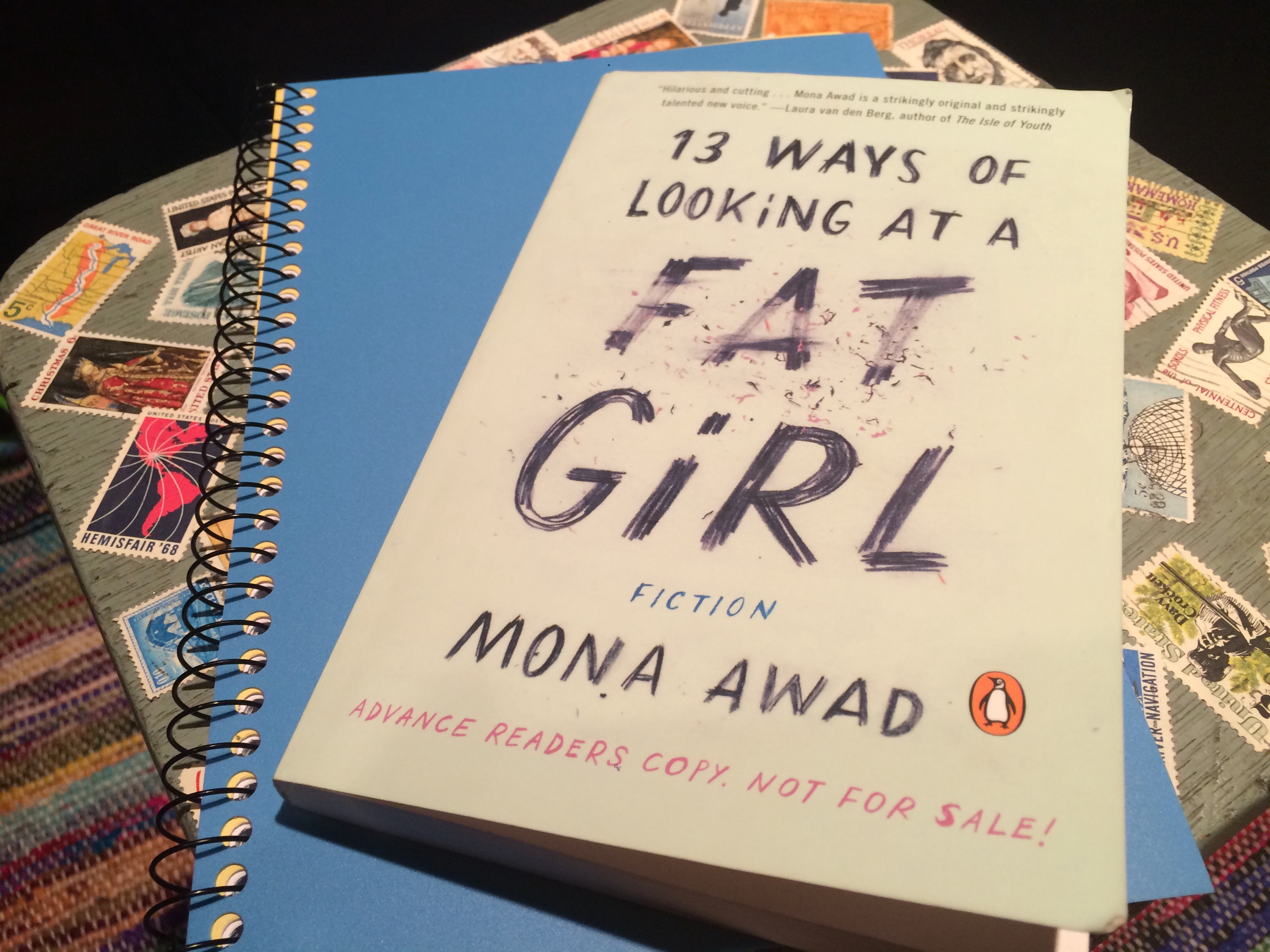

In "Full Body," a once able-bodied man is rendered quadriplegic, while over the course of the book the narrator shape-shifts from heavy to thin, and her mother is transformed from a woman who fills muumuus to a pile of ash filling an urn. Lizzie's fat body is not respected in "Your Biggest Fan," while an arduously maintained thin body will not satisfy Lizzie's husband's imagination in "She'll Do Anything."Īlthough the narrator's pursuit of a thin body is treated as both a journey and a destination, Awad highlights in multiple stories the impermanence of bodily states. Awad shows the female body caught in a battle it cannot win.


Inherent in the perception of the fat female body as free is the counter idea that more traditionally accepted female bodies are restrained or inhibited, harder to dominate, and ironically the object of fewer fantasies. In understanding sex as a power play, the girls acknowledge their once private invisible bodies are now public commodities.Īwad is not afraid to explore fat as a fetish-the stereotypical belief that heavy women are more sexually available to male desires, more adventurous. Many of the book's sections are linked by the idea that the female body has a price it can be negotiated, manipulated, resized, renamed. Awad capitalizes on readers' unease by deftly presenting the girls' debate as juvenile, commonplace, and blind to any number of horrific ramifications. Awad illustrates the restlessness of youth that results after the girls " exhausted every topic of conversation," eaten random desserts, and eventually consider prostituting themselves. The opening story, "When We Went Against the Universe," introduces us to Lizzie and her friend, Mel, two bored teens who flirt with the idea of approaching a group of businessmen eating at McDonald's. Billed as a novel, the book is structured as thirteen interconnected stories that trace the life of of a girl-from overweight, teenaged Lizzie, struggling to find her place, to thin Elizabeth, who has achieved weight loss but whose relationships are colored by her history. In 13 Ways of Looking at a Fat Girl, Mona Awad examines the body as a public object, a prison, a prize, and most interestingly as a passport to freedom or the pursuit of it.


 0 kommentar(er)
0 kommentar(er)
